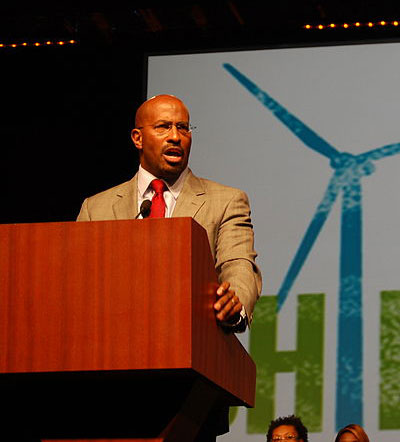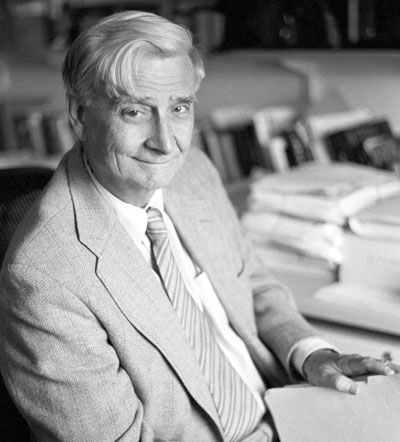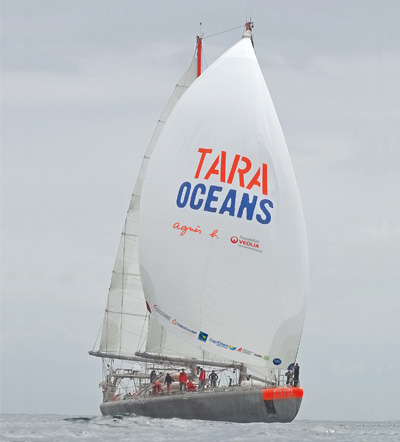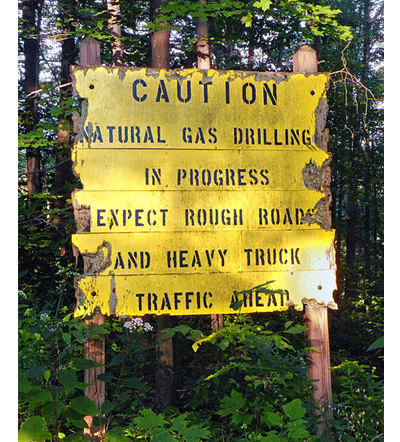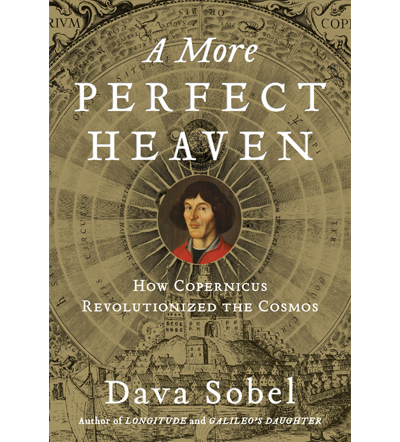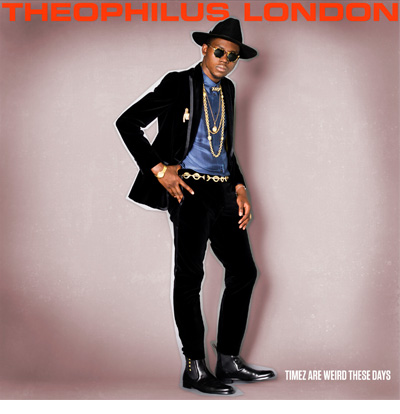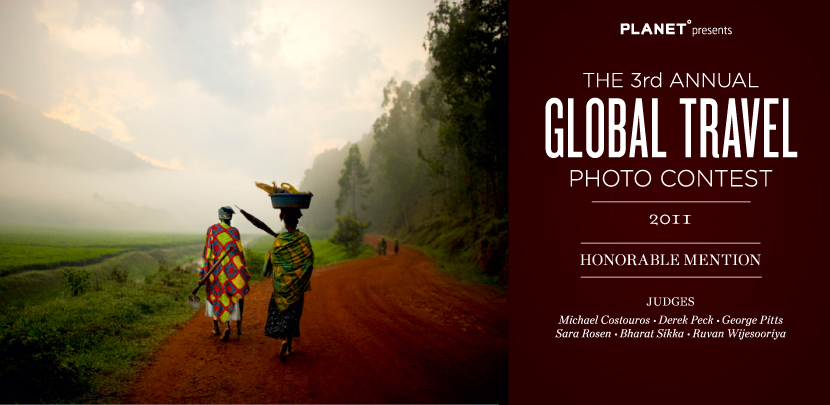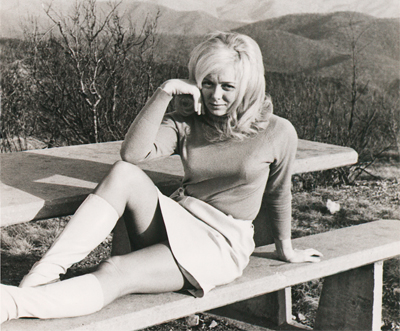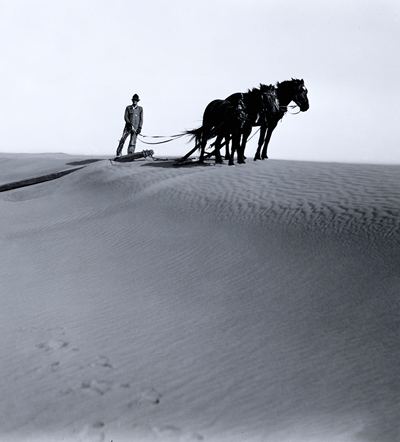
The Dust Bowl: An Illustrated History/Chronicle Books. Panhandle-Plains Historical Museum, Canyon, TX.
The southern portion of the Great Plains was especially hard-hit during the Great Depression. Along with financial hardship, an environmental catastrophe of biblical proportions hung like a black cloud over the region. Severe drought in areas where the farmland had been overextended led in many cases to the drying up of an entire way of life and every conceivable thing around it. The Dust Bowl now gets the Ken Burns treatment with a new PBS documentary and an accompanying book. Burns and his collaborator, the producer and writer Dayton Duncan, consider this seminal event to be “the worst man-made ecological disaster in American history.” At a time when numerous other events are giving the Dust Bowl a run for its money in that distinction, Mr. Duncan spoke to PLANET about the lessons worth learning from this chapter in our past.
Can you describe your working relationship with Ken Burns and how you arrive upon chapters in American history that you decide to explore?
We’re both drawn to topics that are uniquely or quintessentially American. I have the best job in the world, because the films that I write and produce are about topics that I’ve suggested, from The West and Lewis and Clark to The National Parks and The Dust Bowl. I have a great interest in the connection between our land and our people, and how that interplay has affected our nation’s history.




 Facebook
Facebook Permalink
Permalink Digg
Digg Reddit
Reddit LinkedIn
LinkedIn StumbleUpon
StumbleUpon Tumblr
Tumblr
